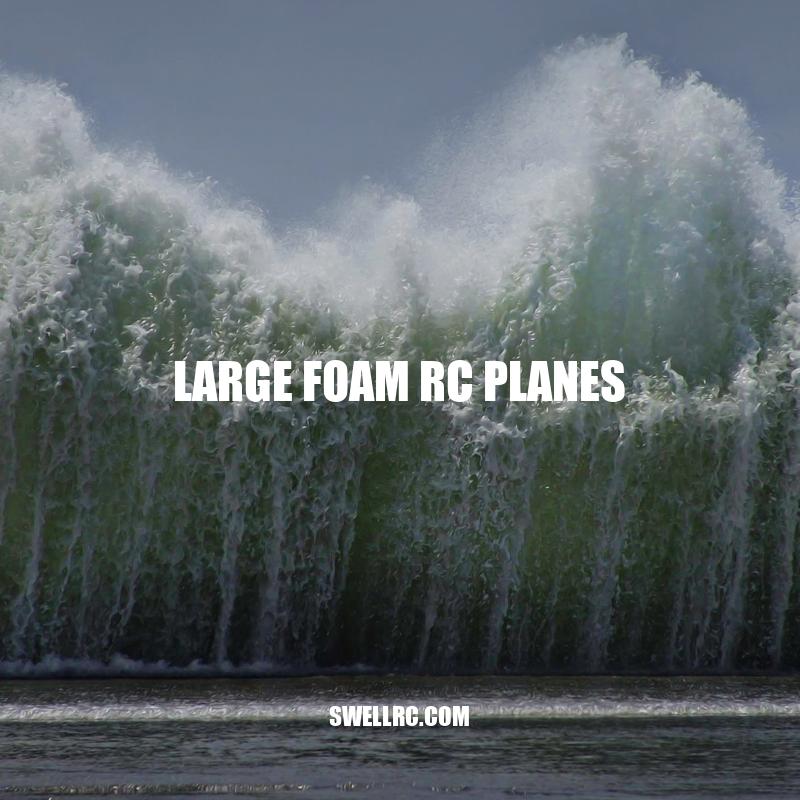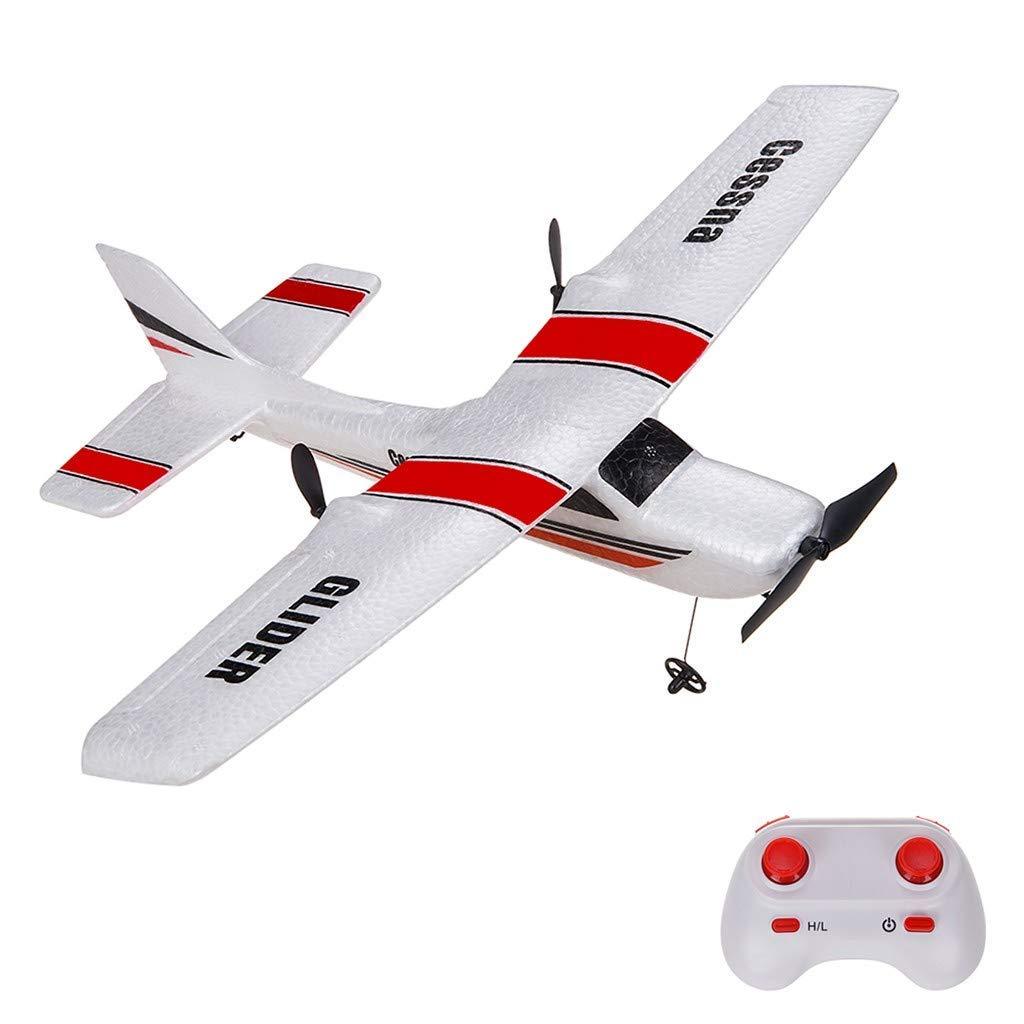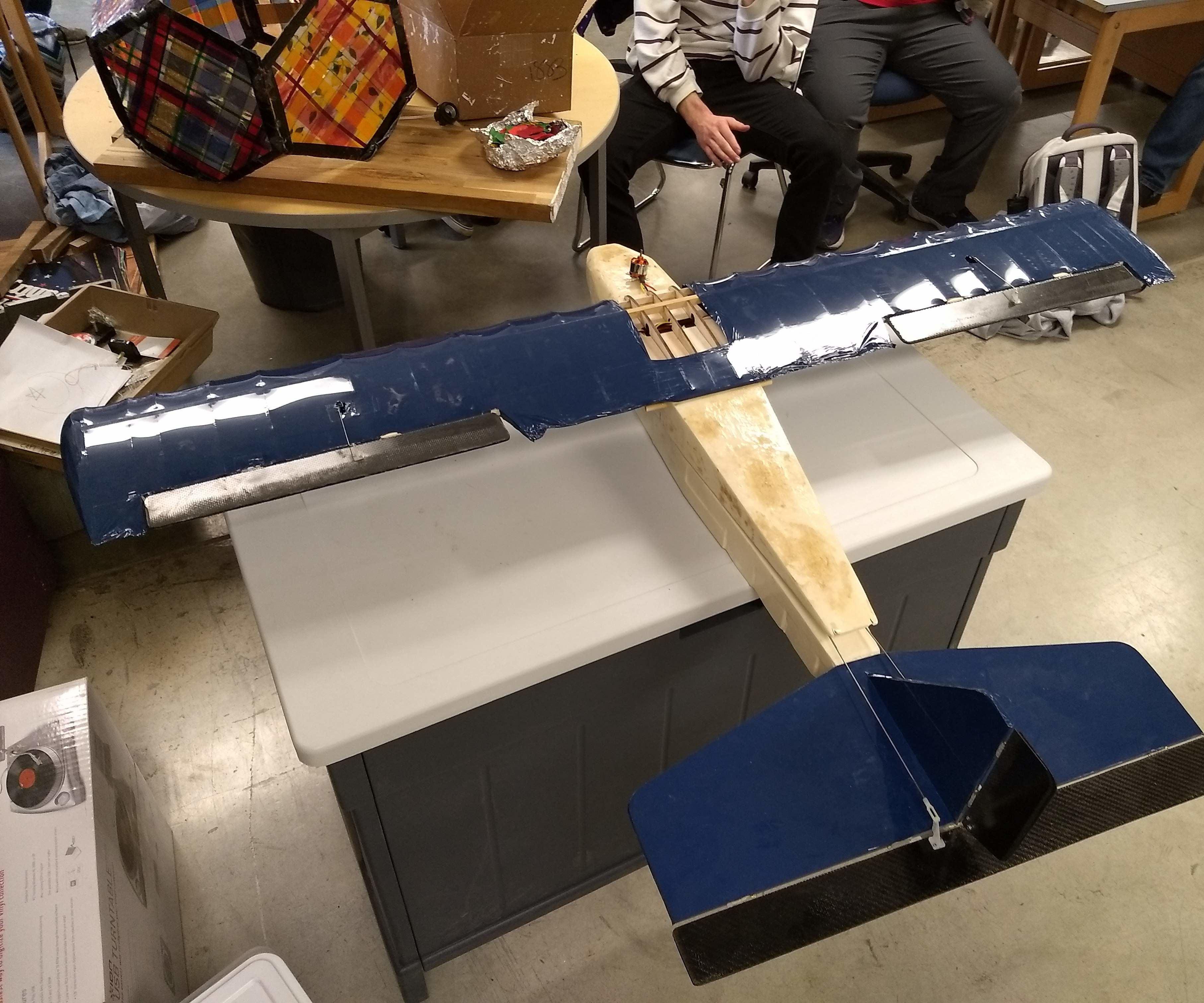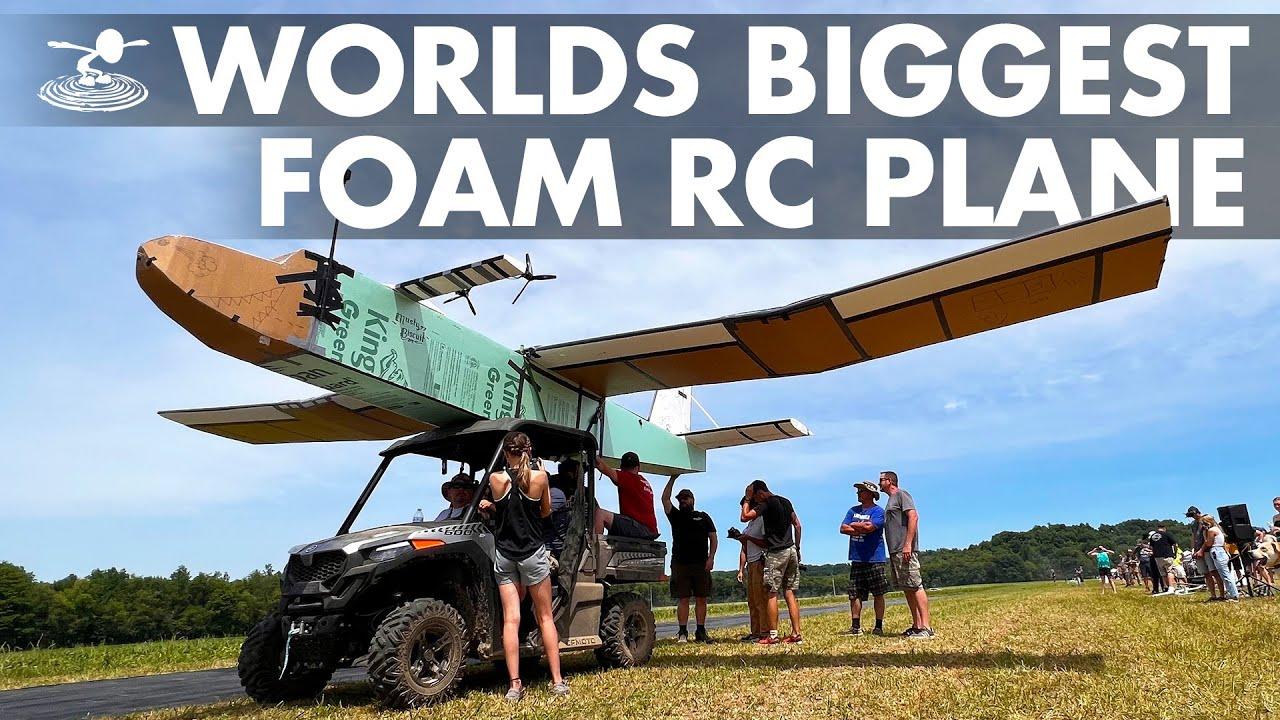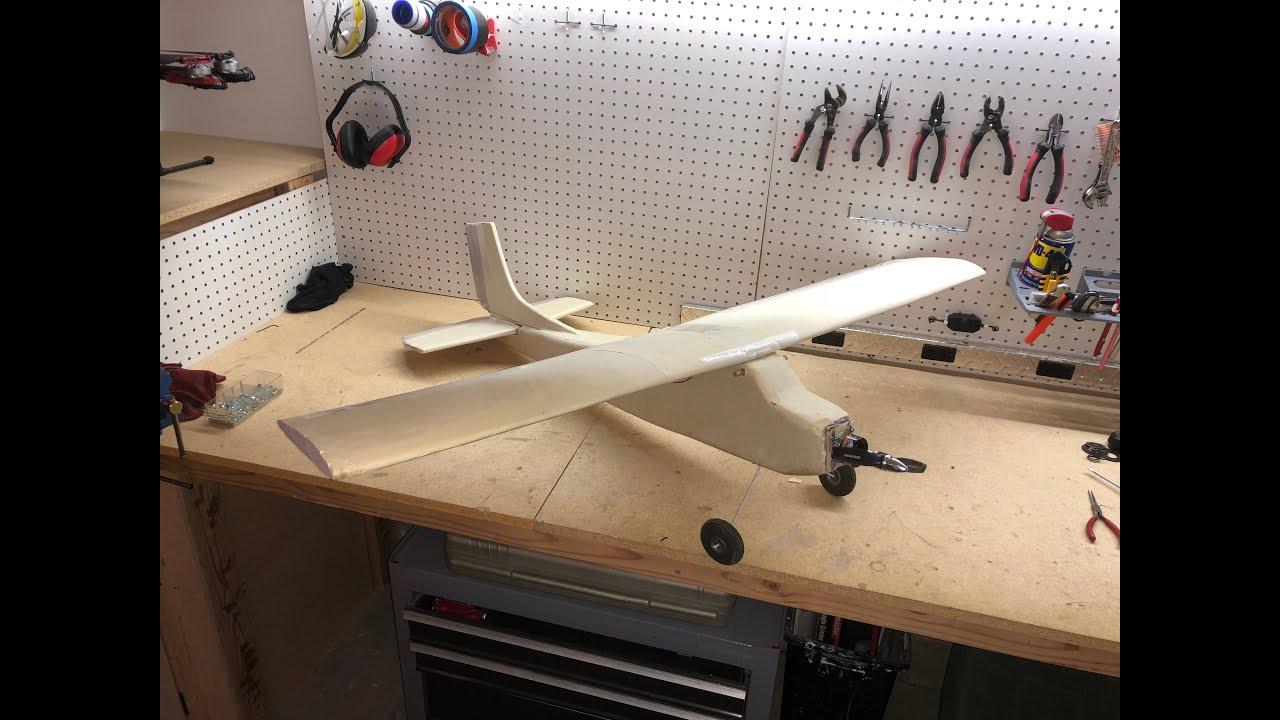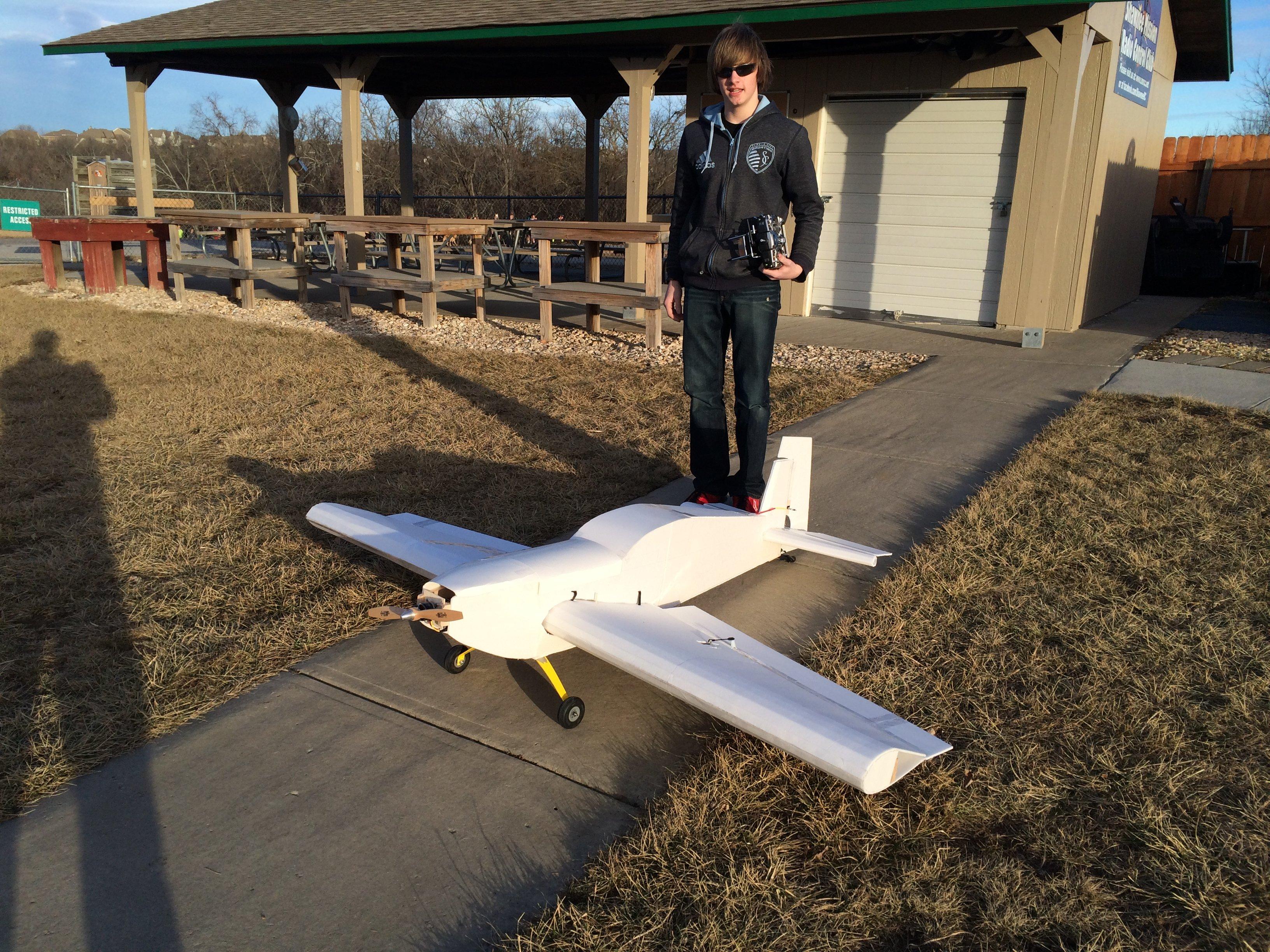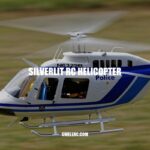Exploring the World of Large Foam RC Planes: Benefits, Features, and Maintenance
Large foam RC planes are becoming increasingly popular among RC plane enthusiasts. These planes are made using foam material, which offers numerous benefits such as being lightweight, durable, and easy to modify and repair. The foam material used for these planes comes in different types, and there are several designs and models to choose from. Flying a large foam RC plane can provide a thrilling and rewarding experience, but it requires knowledge and skill to control the plane properly. Building and customizing a large foam RC plane also requires certain tools and materials, and there are best practices for maintaining these planes to ensure they remain in good condition. In this article, we will explore the world of large foam RC planes, including their features, advantages, and best practices for flying, building, and maintaining them.
Large Foam RC Planes: Affordable, Durable, and Easy to Customize
- Foam material is ideal for RC planes because of its unique properties:
- Lightweight: Foam is significantly lighter than other materials used for RC planes, making it easier to control and fly.
- Durable: Despite its lightweight, foam is surprisingly strong and can withstand minor crashes and impacts.
- Easy to modify and repair: Foam is easy to work with, meaning enthusiasts can make modifications or repairs to their RC planes without too much difficulty.
- Compared to other materials, foam is relatively cheap and widely available for building RC planes.
- There are different foam types used for large foam RC planes, including:
- Expanded Polypropylene (EPP): EPP foam is highly durable and can absorb impacts without damage.
- Expanded Polystyrene (EPS): EPS foam is lightweight and can be easily shaped with heat.
- Large foam RC planes come in various designs and styles, including:
- Trainers: These planes are designed for beginners and are easy to fly and control.
- Aerobatic: These planes are designed for performing advanced maneuvers and stunts in the air.
- Gliders: These planes are designed to fly for longer periods without an engine and rely on the wind to stay aloft.
- For enthusiasts interested in purchasing large foam RC planes, there are several online retailers and forums where they can find a wide range of models and styles to choose from, such as HobbyKing, FliteTest, and RC Groups.
What types of foam are used for building large foam RC planes?
Expanded polystyrene (EPS) foam and polyurethane (PU) foam are commonly used for building large foam RC planes.
Different Options for Large Foam RC Planes
- Large foam RC planes come in various sizes, ranging from small to large. The weight and size of the planes can affect their performance and flying capabilities. Below is a table showcasing some examples of large foam RC planes and their specifications:
| Plane Name | Wingspan | Length | Weight |
|---|---|---|---|
| Freewing Pandora | 1500mm | 1080mm | 1500g |
| Volantex Ranger EX | 1980mm | 1220mm | 1800g |
| Flite Test Bushwacker | 1575mm | 1015mm | 1180g |
- Aside from buying large foam RC planes, enthusiasts can also try building their planes from scratch. Many online resources provide guides and tutorials to help enthusiasts build their planes, such as Instructables and RCGroups.com.
- Large foam RC planes can provide an exhilarating experience for enthusiasts, offering a unique and engaging way to enjoy the outdoors. Some enthusiasts even use their planes for aerial photography or videography, adding another level of creativity to the hobby.
What resources are available for enthusiasts who want to build their own foam RC planes?
Enthusiasts who want to build their own foam RC planes can find resources such as online tutorials, forums, model aircraft clubs, and hobby shops that sell foam plane kits and supplies.
Tips for flying large foam RC planes
- Learning to fly a large foam RC plane can be a challenging yet rewarding experience. It requires practice, patience, and understanding how to control the plane. Here are some tips that may help when starting:
- Read the instruction manual and familiarize yourself with the plane.
- Find an open area away from people and buildings to fly the plane.
- Start with slow and steady movements, making small adjustments to the plane’s controls until you feel more confident.
- Always keep the plane in line of sight and avoid flying too far away.
- Consider practicing with a simulator before flying a real plane for the first time.
- Many websites and online forums provide helpful resources for novice RC plane pilots, such as RC Groups and Flite Test. Additionally, some RC plane manufacturers offer beginner-friendly models that are easier to fly, such as the HobbyZone Champ or the E-flite Apprentice S 15e.
What are some beginner-friendly models of RC planes available for novice pilots?
Some beginner-friendly models of RC planes available for novice pilots are the HobbyZone Champ S+, HobbyZone Sport Cub S, E-flite Apprentice S 15e, and the Volantex Super Cub 500.
Tips for Building and Customizing Large Foam RC Planes
- Building and customizing a large foam RC plane can be a fun and rewarding experience. Here are some tips for getting started:
- Choose a design or model that interests you, such as a scale replica of a real-life plane or a unique aerobatic design.
- Follow the instructions carefully and use high-quality materials and tools.
- Consider adding custom decals or paint to personalize your plane.
- Join online forums and communities to connect with other RC plane enthusiasts and get inspiration for future builds.
- There are also kits and ready-to-fly large foam RC planes available for purchase from manufacturers like Giant Scale RC and Tower Hobbies.
What are some online forums and communities for connecting with RC plane enthusiasts?
RCGroups.com, RC Universe, and FlyingGiants.com are some popular online forums and communities for connecting with RC plane enthusiasts.
Maintaining your large foam RC plane.
- Maintaining your large foam RC plane is important to ensure it continues to perform well and lasts a long time. Here are some tips for keeping your plane in top shape:
- Inspect your plane after every flight for any signs of damage or wear and tear.
- Use mild soap and water to clean your plane, and avoid using harsh chemicals or abrasive materials that can damage the foam.
- Check your batteries regularly and replace them when necessary.
- Keep your plane in a cool, dry place, and protect it from direct sunlight and extreme temperatures.
- Store your plane properly in a protective case or bag when not in use.
Why is it important to inspect your foam RC plane after every flight?
It’s important to inspect your foam RC plane after every flight to identify any damage or wear and tear, as well as to ensure all components are functioning properly for safe and reliable future flights.
Conclusion
In conclusion, large foam RC planes are a fantastic choice for enthusiasts who want a durable, lightweight, and easy-to-maintain plane for flying. With the wide range of designs and models available, there are plenty of options to suit any interest or skill level. Building and customizing your foam plane can be a fun and rewarding experience, and taking care of it properly can ensure it lasts for many flights to come. Whether you’re an experienced RC pilot or a beginner looking to try something new, large foam RC planes are well worth considering.
If you’re interested in learning more about large foam RC planes, there are many websites and forums available with resources and information on the topic. You can also find products and accessories for your foam plane, such as motors, batteries, and decals, through online retailers or hobby shops. So why not give large foam RC planes a try and see for yourself how exciting and enjoyable they can be?

